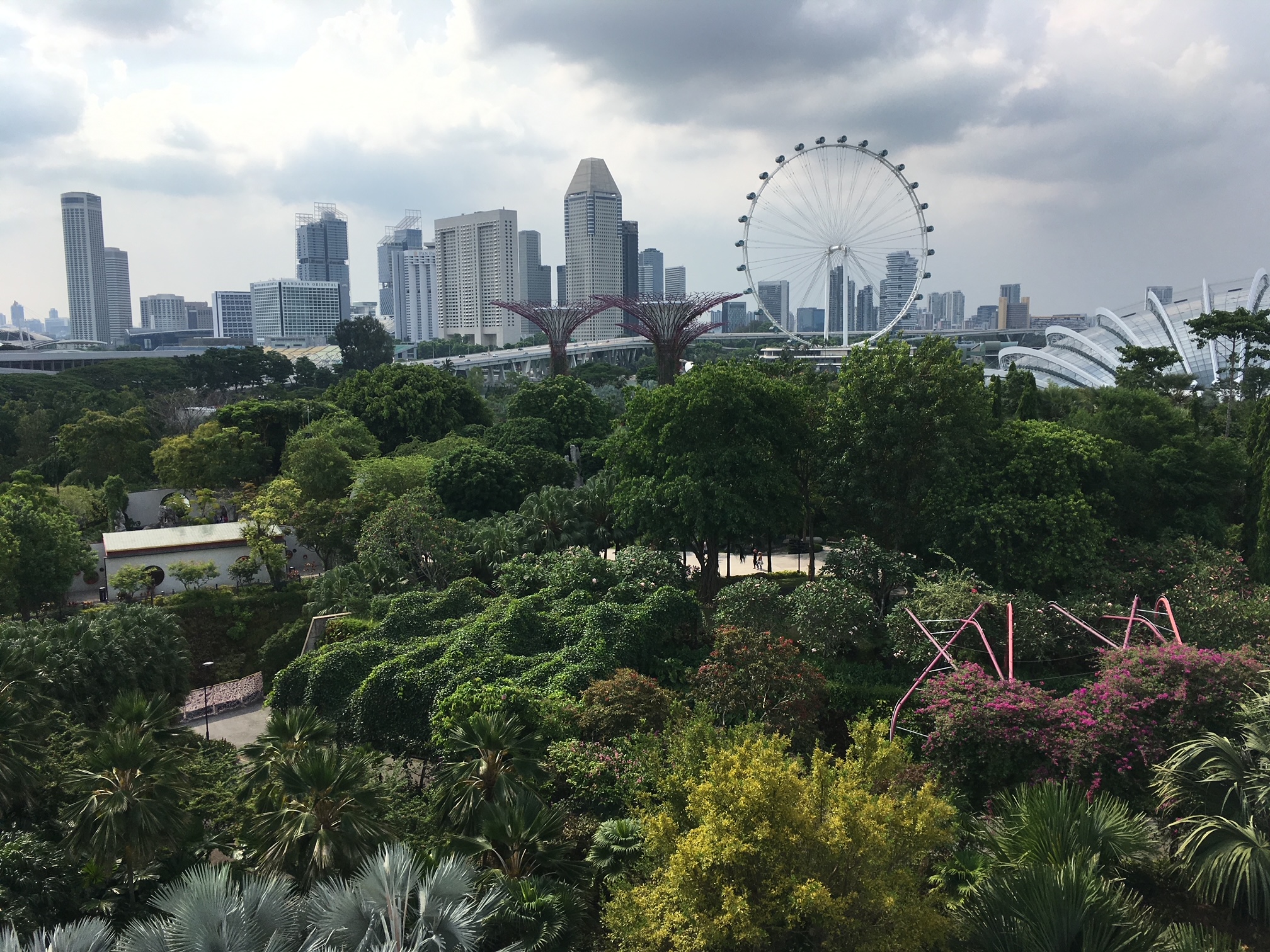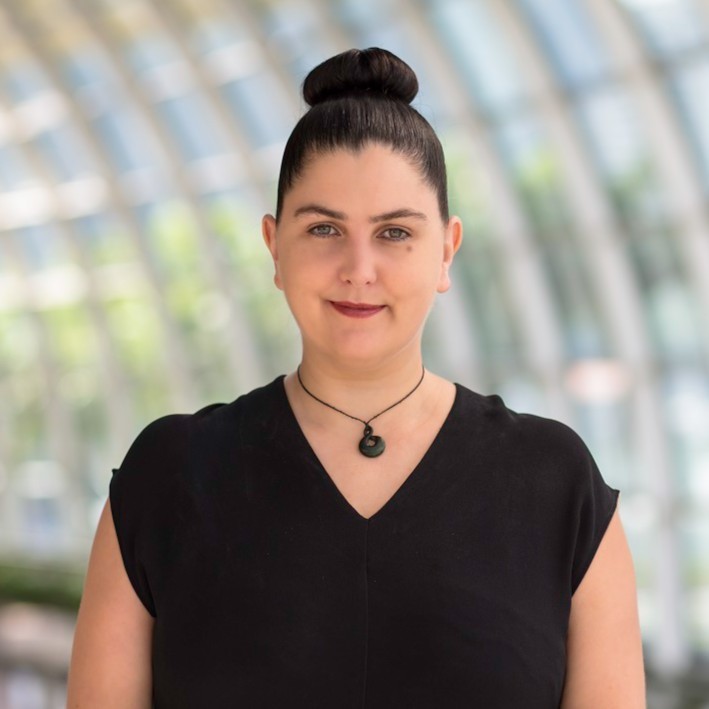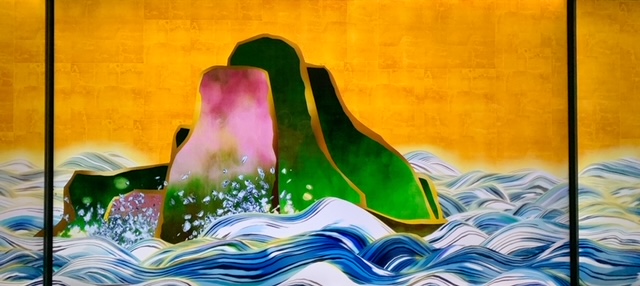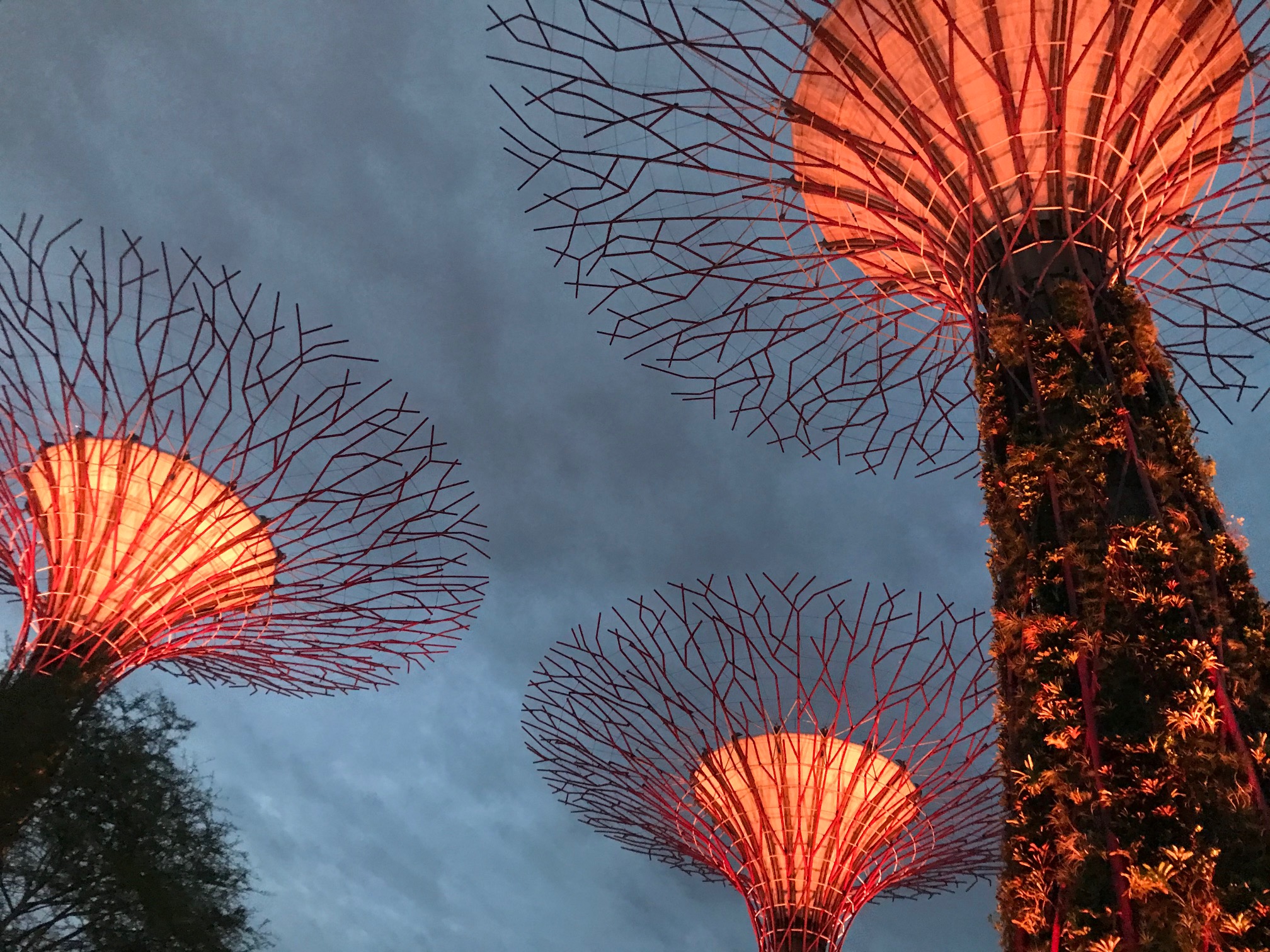Singapore has been called many things in its time. From its origins as a Lion City to the diminutive Red Dot, the city-state has more recently earned labels as a regional technology hub and frontrunner in the race to become Asia’s next financial capital.
For Lee Kuan Yew, the country represented something more organic but no less ambitious. Singapore’s founding father coined the vision of the ‘Garden City’ in 1967. The newly independent nation would be an environment “beautiful with flowers and trees” that would improve civic society and pave the way for international tourism and foreign investment.
Five decades after Lee Kuan Yew’s speech, the statesman’s vision was echoed at the government’s Singapore Tourism Board’s Industry conference on 6 April. Minister of State for Trade and Industry Alvin Tan announced the launch of a new programme to support tourism businesses in their sustainability efforts.
Calling for “fresh and new experiences,” he announced that the government’s new Tourism Sustainability Programme would partner local tourism companies with technology providers to develop sustainable solutions and experiences.
“Our first focus is for Singapore to become a sustainable urban destination,” Tan said during the hybrid event, which pledged almost $364 million (SGD 500 million) towards the sector’s pandemic recovery.
Throughout two years of pandemic restrictions, Singapore’s tourism industry has relied on immersive digital experiences and virtual and augmented reality for the struggling sector’s survival. As the nation looks to welcome an influx of international visitors and Southeast Asia’s augmented reality (AR) and virtual reality (VR) market continues to grow at 38.3% annually, new technologies are expected to boost the sector’s market capitalisation to $3.8 billion by 2027.
Now, as the country turns its attention outside with a focus on nature and sustainability, these technologies have firmly planted their roots in the Garden City’s plans to market its nature and heritage and technology businesses and cultural attractions are looking to tap into the $1 trillion sustainability market.

“Virtual reality is not new,” said Honor Harger, executive director of Singapore’s ArtScience Museum. “It’s actually a very old technology. It’s been around for decades and decades.”

The term was first coined in the 1980s by researcher Jaron Lanier, but VR technology allowing users to immerse themselves in a digitally created environment has existed since the 1950s, spearheaded by cinematographer Morton Heilig’s Sensorama, a theatre cabinet multimedia device that offered viewers an interactive experience. The first wearable headset that combined AR where the existing physical environment is enhanced by digital elements, and VR where it is replaced, emerged in 1968, a year after Lee’s ‘Garden City’ speech.
The ArtScience Museum’s Future World exhibition takes the former leader’s vision and existing practice of AR and VR technologies and updates them for the contemporary art and tourism market.
In ‘Proliferating Immense Life – Whole Year per Year,’ towering flowers projected onto a screen sprout, blossom and wither in real time. The flora are created algorithmically by a live computer programme in the interactive installation by teamLab, a Japanese collective of artists, programmers, engineers and animators. The images change according to the plants’ life cycles and the four seasons and react to visitors’ actions: petals scatter when viewers touch the screen.
The effect is one of continuous and organic change and a nod to the nation’s founding father, Harger said.
“The whole first part of the gallery follows on from Lee Kuan Yew’s description of Singapore as a city in a garden,” Harger explained. “A park or a garden might physically stay in the same location. But your visit every time is really going to change because nature evolves.”
Other exhibits cover more ominous environmental issues. Digital butterflies crossing pixelated landscapes die at a touch of human interference. In teamLabs’ 2019 ‘100 Years Sea,’ data from the World Wide Fund for Nature is incorporated with traditional Japanese painting techniques to create an animated illustration of rising sea levels exacerbated by climate change.
Global sea levels set a record in 2020 at 91.3 millimetres (3.6 inches) above 1993 levels and have continued to accelerate to current levels of 102 millimetres (4.02 inches).
The development of new technologies allows artists to incorporate scientific data into their work and share important environmental messages with a wider audience, according to Harger.
“One of the major turns within contemporary ad over the last few years… is a movement towards digital media being a much more important platform for artists,” Harger said.

Singapore’s real-world natural attractions are also undergoing a digital revamp.
Singapore-headquartered Esports Players League (ESPL) partnered with the nation’s iconic Gardens by the Bay during the height of the city-state’s 2020 pandemic shutdowns to create digital simulations of the nature park as part of an immersive virtual experience.
“Everyone in the hospitality or tourism industry saw a drastic drop in physical visitors in the first year of Covid,” said Roland Ong, ESPL’s project director. “We wanted to… allow people to still see a beautiful garden without physically being there.”
Education and awareness are key parts of this virtual sustainable tourism experience. The project ran sustainability and VR game design workshops, teaching students how to build their own virtual worlds. In February, ESPL launched a digital school tour in partnership with Australia’s Canberra Primary School and Gardens by the Bay, allowing students from South Africa, China and ASEAN to remotely explore the gardens.

“The gardens [were a] virtual pathway to educate kids on sustainability,” Ong said.
Singapore lifted the last of its restrictions on group gathering sizes and scrapped remaining pre-departure Covid-19 testing requirements for incoming international visitors on 26 April. Over the last few months, travel related searches for the city-state have jumped.
But even as attention turns back towards physical visitors, the advantage of immersive technology has planted its seed in Gardens by the Bay. The eco-attraction announced its ‘Avatar Experience’ in April as part of the nation’s new initiatives to boost tourism.
The project, set to align with the 16 December release of the next instalment in the Avatar blockbuster film series, will involve an interactive walkthrough of the horticultural park’s ‘Cloud Forest’ recreating the movie’s mythical landscape, ‘Pandora’. Details are still scarce but “trick eye technology” has been promised.

Lee Kuan Yew laid the ground for his 1967 vision with the establishment of the National Tree Planting Campaign and an annual target of planting 10,000 trees in Singapore. The first Tree Planting Day followed in 1971.
In the Future World exhibition, trees sprout in seconds across a pixelated field, populated by digital simulations of cows and wolves. They are constantly in motion, like the nearby ‘Sketch Aquarium,’ where aquatic creatures drawn by young visitors are projected as animations onto a virtual waterscape.
Just like its virtual animals, the exhibition is in constant motion. Future World – and Singapore’s wider tourism industry – plan to adapt to keep up as the country tries to rebuild itself post Covid restrictions as a sustainable tourism hub.
“Every few years, we’ll do a complete curatorial repositioning of the show and introduce new concepts and new ideas,” Harger said. “We really see this as an evolving kind of organism.”


